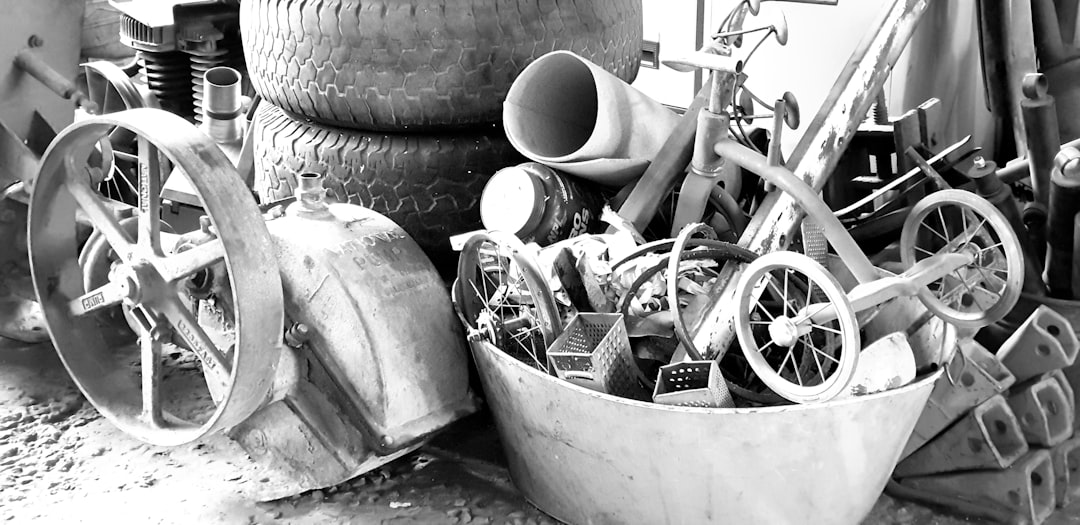 Crafting a Dream Home: A Guide to Building a Log Home in Oregon
Crafting a Dream Home: A Guide to Building a Log Home in Oregon
Oregon is renowned for its stunning natural beauty, with its lush forests, rugged coastlines, and picturesque mountains. For those who call this state home, building a log home can be a dream come true. Log homes offer a unique blend of rustic charm, sustainability, and durability, making them an attractive option for those seeking a cozy and eco-friendly abode. In this article, we’ll delve into the world of log home building in Oregon, exploring the benefits, considerations, and best practices for constructing a log home that meets your needs and exceeds your expectations.
One of the primary advantages of building a log home in Oregon is its ability to blend seamlessly into the surrounding landscape. With its abundant forests, Oregon offers an endless supply of high-quality logs, which can be harvested sustainably to minimize the environmental impact of construction. Additionally, log homes are known for their energy efficiency, as they provide natural insulation and can be designed to maximize natural light and ventilation. This not only reduces energy costs but also creates a healthier and more comfortable living space.
When considering building a log home in Oregon, it’s essential to think about the type of logs you’ll need. There are several options to choose from, including hand-hewn, milled, and precision-cut logs. Hand-hewn logs are the most traditional and rustic option, offering a unique, one-of-a-kind appearance. Milled logs, on the other hand, are cut to precise dimensions and offer a more uniform appearance. Precision-cut logs are the most modern option, providing a high level of accuracy and precision in their construction.
Another crucial aspect to consider when building a log home in Oregon is the design and layout. Log homes can be designed to fit any style or theme, from modern and sleek to rustic and cozy. When designing your log home, consider the natural surroundings and incorporate elements that blend seamlessly into the landscape. This could include features such as large windows, sliding glass doors, and outdoor living spaces.
In terms of construction, building a log home in Oregon requires a high level of expertise and attention to detail. It’s essential to work with a reputable and experienced log home builder who has a deep understanding of the local climate, soil conditions, and building codes. A good log home builder will be able to guide you through the entire process, from planning and design to construction and completion.
One of the most significant benefits of building a log home in Oregon is its potential for long-term savings. Log homes are known for their durability and low maintenance requirements, which can result in significant cost savings over the years. Additionally, log homes can appreciate in value over time, making them a smart investment for those looking to build a home that will last for generations.
When building a log home in Oregon, it’s essential to consider the local building codes and regulations. Oregon has specific requirements for log home construction, including standards for fire resistance, structural integrity, and energy efficiency. A good log home builder will be familiar with these codes and regulations and will ensure that your log home meets all necessary requirements.
In addition to the benefits mentioned above, building a log home in Oregon can also provide a sense of community and connection to nature. Log homes are often built in rural areas, surrounded by natural beauty and wildlife. This can provide a unique opportunity to disconnect from the hustle and bustle of city life and reconnect with the natural world.
In conclusion, building a log home in Oregon can be a dream come true for those who value sustainability, durability, and natural beauty. With its abundant forests, mild climate, and stunning natural scenery, Oregon is an ideal location for log home construction. By working with a reputable log home builder, considering the design and layout, and adhering to local building codes and regulations, you can create a log home that meets your needs and exceeds your expectations. Whether you’re looking for a cozy retreat or a spacious family home, a log home in Oregon can provide a unique and rewarding living experience.

 Septic Tank Installation: A Comprehensive Guide
Septic Tank Installation: A Comprehensive Guide Checking Out Taxi Providers in White Plains: A Comprehensive Guide
Checking Out Taxi Providers in White Plains: A Comprehensive Guide Understanding the Role of a Marital Relationship Therapist
Understanding the Role of a Marital Relationship Therapist